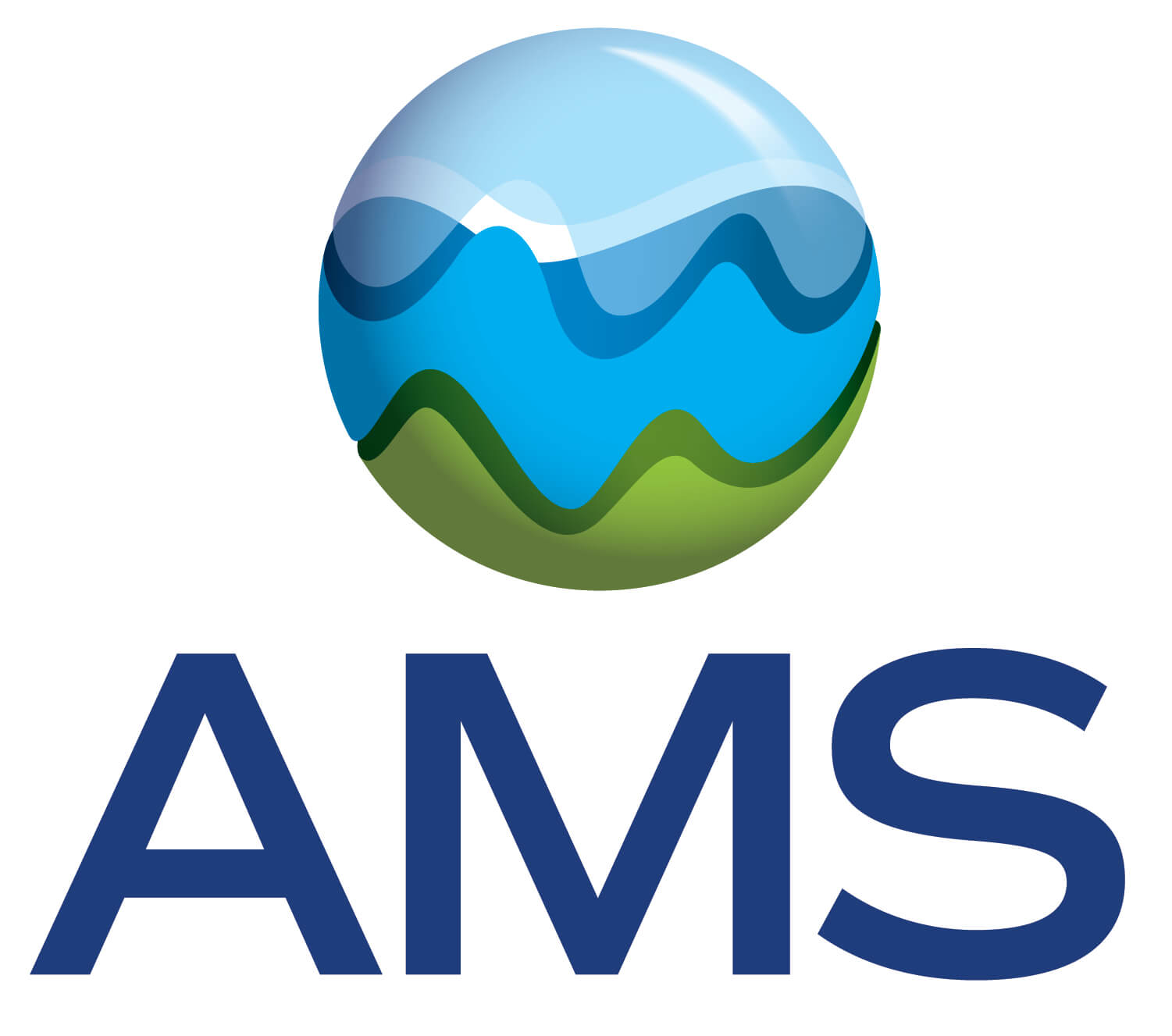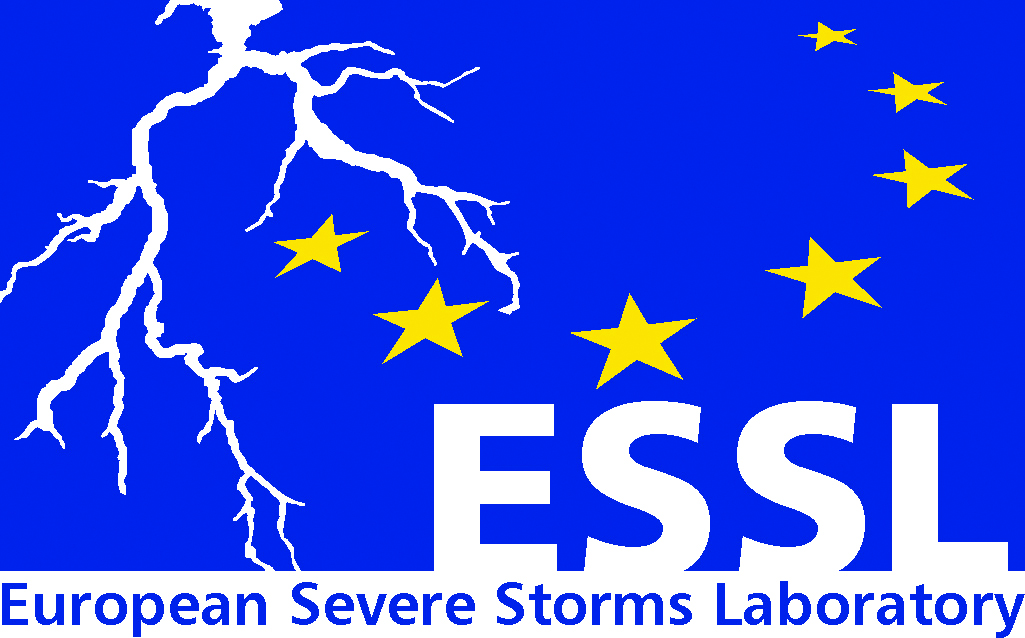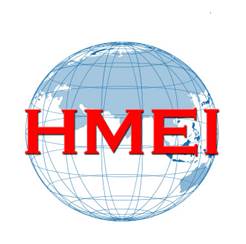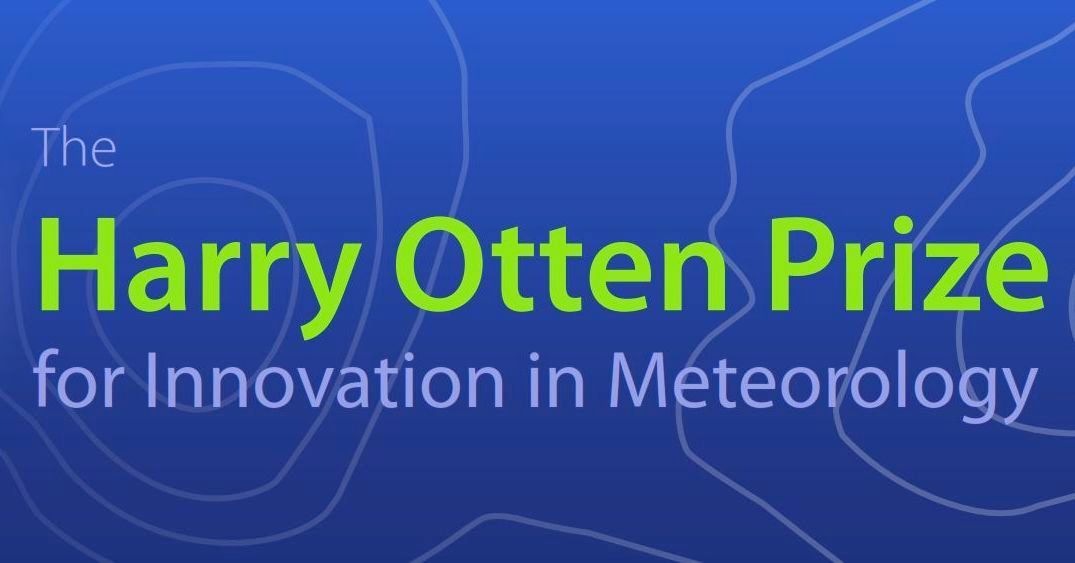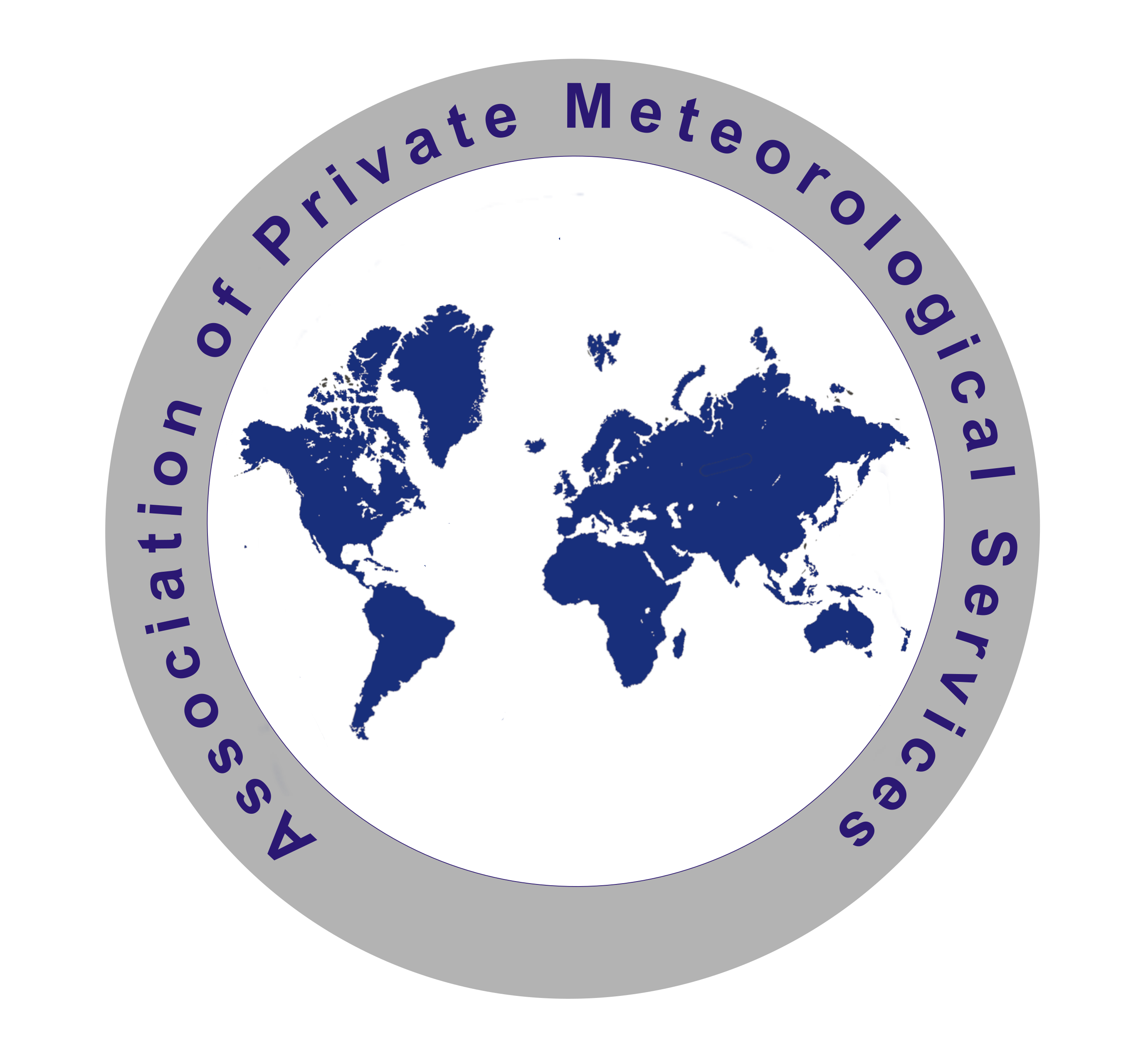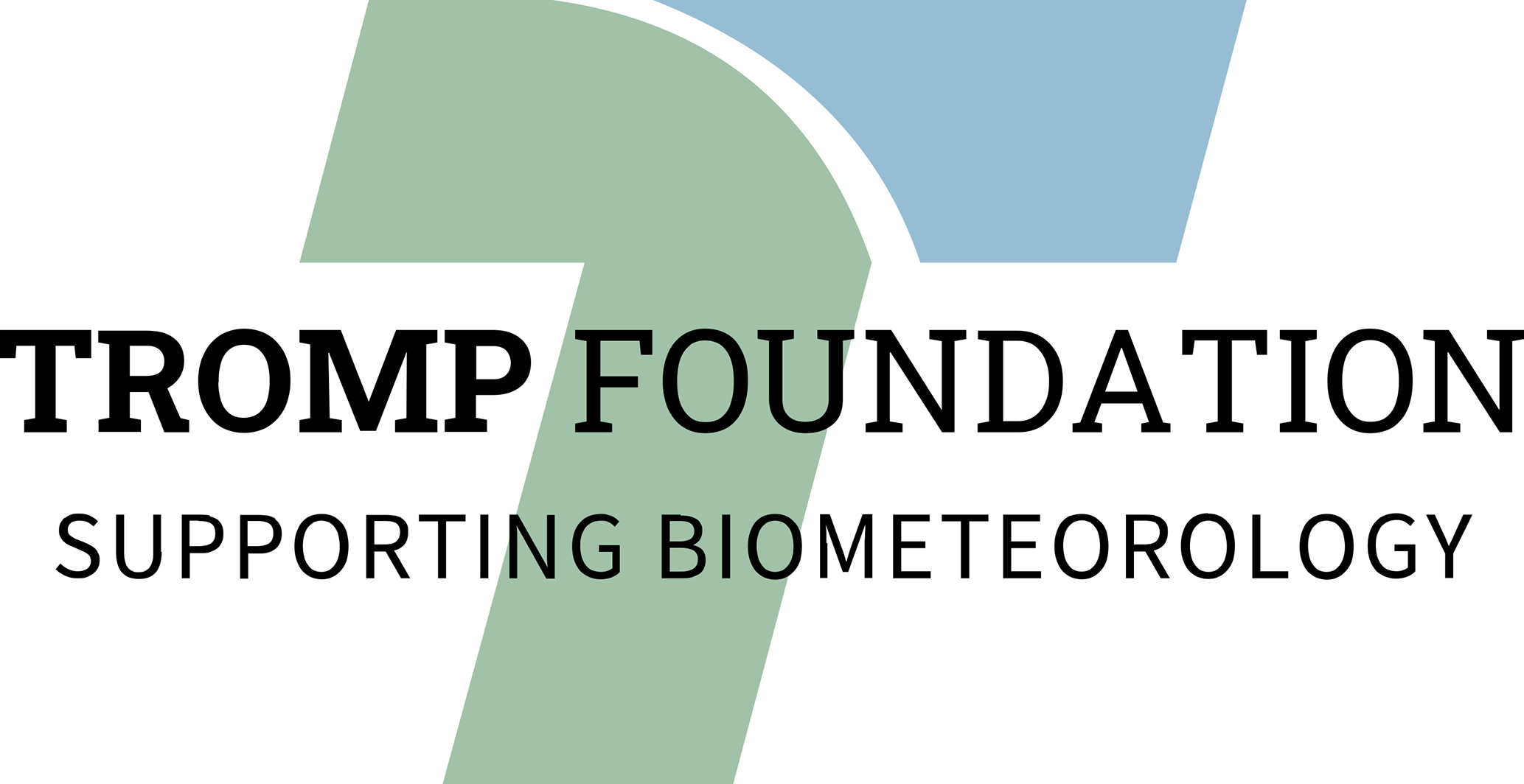Aerosols play a dominant role in the solar radiation field and Earth's energy budget, inducing considerable climatic forcing (IPCC, 2022). Dust particles and water vapor (WV) can change the atmospheric thermodynamic stability through radiative heating and/or cooling (Gutleben et al, 2019). Although the quantification of these aspects is crucial, the difficulty in defining the aerosols microphysical and optical properties along with their high spatial and temporal variability makes this quantification challenging. Despite the considerable progress in recent years regarding this topic, sophisticated atmospheric field experiments that provide highly accurate information are essential, not only to enrich knowledge, but for the validation and the improvement of ongoing and future satellite-based products.
The current study provides valuable information on dust and WV radiative effects through a unique dataset of synergistic high-quality measurements during the ASKOS ESA campaign in Cabo Verde. Specifically, the study utilizes sophisticated ground-based remote sensing, airborne (UAV) in-situ measurements, along with surface solar irradiance measurements and airborne (UAV and radiosonde) profiling of temperature and WV. The under-study period (summer of 2022) coincides with the annual peak of dust transport in the Atlantic.
To derive realistic optical properties of the dust particles along with their vertical distribution in the atmosphere, we use the airborne in-situ observations of particle microphysical properties (size, shape and mineralogical composition). The calculated optical properties are evaluated using multi-wavelength ground-based lidar measurements. Then, radiative transfer (RT) simulations are performed under clear and cloudy sky conditions employing the libRadtran RT package (Mayer & Kylling, 2005; Emde et al., 2016). The RT simulations of shortwave radiation at the bottom of the atmosphere are compared with surface broadband radiation measurements. Finally, the heating rate (HR) calculations are evaluated against changes in the temperature profile of the atmosphere.
Acknowledgements: This research was financially supported by the PANGEA4CalVal project (Grant Agreement 101079201) funded by the European Union . DK, ΑΤ, ΚP, PR and SK would like to acknowledge COST Action HARMONIA (International network for harmonization of atmospheric aerosol retrievals from ground-based photometers), CA2119, supported by COST (European Cooperation in Science and Technology).
References
Emde, C., Buras-Schnell, R., Kylling, A., Mayer, B., Gasteiger, J., Hamann, U., Kylling, J., Richter, B., Pause, C., Dowling, T., Bugliaro. L. (2016). The libRadtran software package for radiative transfer calculations (version 2.0.1), Geoscientific Model Development, 9(5), 1647–1672, https://doi.org/10.5194/gmd-9-1647-2016.
Gutleben, M., Groß, S., Wirth, M., Emde, C., and Mayer, B. (2019). Impacts of Water Vapor on Saharan Air Layer Radiative Heating. Geophysical Research Letters. 46, https://doi.org/10.1029/2019GL085344.
Intergovernmental Panel on Climate Change (IPCC) (2022), Land–climate interactions. In: Climate Change and Land: IPCC Special Report on Climate Change, Desertification, Land Degradation, Sustainable Land Management, Food Security, and Greenhouse Gas Fluxes in Terrestrial Ecosystems. Cambridge University Press,131-248.
Mayer, B., Kylling, A. (2005), Technical note: The libRadtran software package for radiative transfer calculations - description and examples of use. Atmos. Chem. Phys., 5(7), 1855–1877, https://doi.org/10.5194/acp-5-1855-2005.

